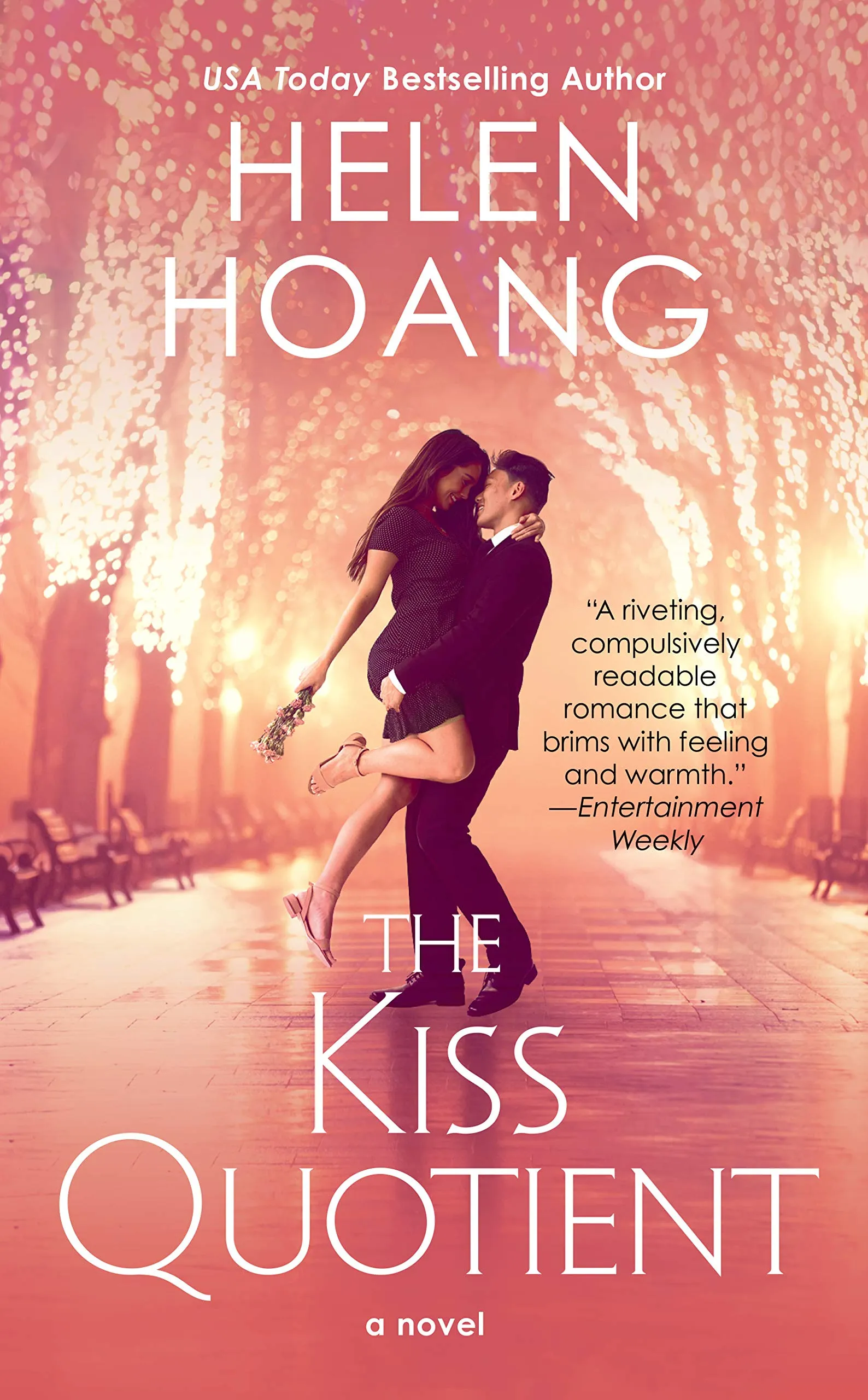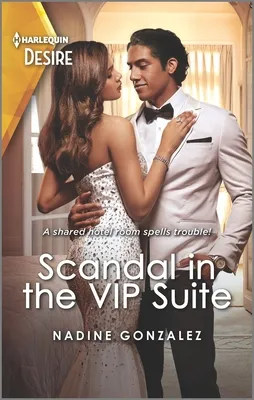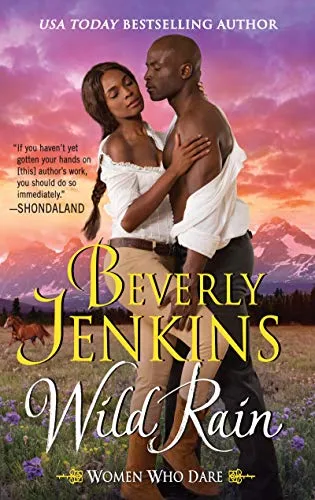
Mass Market Romance Is Still Important, Y’all.
When I first started reading romance novels, there was an easy way to guarantee that I was picking up a book that was going to have a Happily Ever AfterTM or HEA: pocket paperback size. Sure, even in the ’90s there might have been some romance or romance-adjacent novel that was being published in trade paperback, but most books either originated in mass market paperback or spent some time in hardcover before getting a large printing (and spending the rest of their publishing life) in the less expensive size.
The majority of romance is still published in the smaller size, whether it’s mass market or mass max (which, after a brief life, might already be going the way of the dodo), but a lot of both mainstream and romance-reader attention goes to the larger trade paperback. We’ve talked about the illustrated covers that grace the majority of the traditionally published romances that are published in that size and how they attract readers both inside and outside of romance, and how indie authors are only offered trade size for print-on-demand via Amazon, Ingram, and the like. The most popular small presses only print in trade size. Heck, I tend to gravitate towards print trade paperbacks because they’re easier for me to hold thanks to a decade-long repetitive motion injury that has severely screwed up my ability to hold the smaller books for long periods of time. But I’ve been trying to mix that up, because I know what I’m missing when I don’t pick up mass market romances.
Do you?
Mass market paperbacks span the gamut of romance representation. Every publisher and imprint that offers romance puts out majority mass markets. These are the books they sell not just in bookstores, but in convenience stores, grocery stores, newsstands, Target, Walmart (the last of which has a bigger impact on publishing trends than even Barnes & Noble).
The majority of them feature clinch covers (a couple embracing, fully clothed or not), but there are also the ones with a photo of just one of the protagonists, or an Adirondack chair on a beach. There are even books that were initially published in trade paperback that eventually ended up with mass market releases. The Kiss Quotient? The Wedding Date? Uber popular novels in their original print size that reached an even broader audience with their smaller, more pervasive, more universally affordable size.
And the rest? Go through any romance section and see historical romance, modern cowboys, romantic suspense, cozy small town romances with family secrets, and a paranormal creature or two — all in the mass market size. And that’s just the beginning. I’ve laughed more out loud reading some mass market contemporary romances than some of the most heavily pushed trade paperback “romcoms”. They’ve taught me American history and made me try new hair care practices. They’ve given me feels and joy and the urge to throw them across the room. And they’ve steered me towards other books I might enjoy.
I recently made the active decision to start reading more mass market — particularly category — romance, because I had seen myself going down the path of leaning almost completely towards trade releases. Category romances, in particular, have more ephemeral lives than other mass market romances, because Harlequin pulls each round of books out of print after a certain amount of time, in order to make space for their new books. The other imprints probably do this as well, but it’s most obvious when looking at Harlequin, one of the most prolific publishers of individual romance titles. So if I want to get my hands on these books in print, I have to keep up with Harlequin’s release calendar with a little more attention than others.
I can hear you asking “why do you even bother? All of those are identically terrible.” And that’s where you would be very much, incredibly wrong, my friend. Sure, there are tropes and plots and specific categories that I don’t gravitate towards, but Harlequin authors in particular have a very specific set of skills that make them very good at their jobs. They have to take a unique story that has something just that much different from the others in its category, build in all the beats category romance requires, keeping within a specific page limit, and they have to make their story stand out among the crowd of yellow, blue, red, or purple spines.
The wealthy, young royalty of New York getting into fake dating shenanigans; the new owner of a generations-old horse ranch taking on training an actor to keep the place afloat; a one night stand leading to a marriage of convenience and twins on the way; a viking and a nun falling in passionate love. All with titles offering readers exactly what they’re about, so we can find what we’re looking for.
Some of the best new talent is making their mark on the various Harlequin lines, but when TikTok is screaming about a book that came out years ago, the smaller book with the gorgeously photographed cover has disappeared from the ether and is gone forever. So I try to buy them in the early days of their release, and get to them when I get to them. Because the only way the authors who are doing the interesting things are going to continue to get published is if people buy their books. (Yes, you can still buy them in ebook, but those get lost in the ether way easier than my print books do.)
And this is basically what it comes down to. The best way to make sure you get more books like the ones you like is to buy them. There shouldn’t be a hierarchy of romance novels based on print size, but sometimes people think that the “better” ones are in trade and the “lesser” books are being continuously published in mass market paperback. That there’s something mediocre about the mass market romance. Tell that to Sarah MacLean. Alyssa Cole. Beverly Jenkins. Nora Roberts. Masters of their craft who write some of the most inspiring, compelling love stories in the modern age.
In mass market.
















